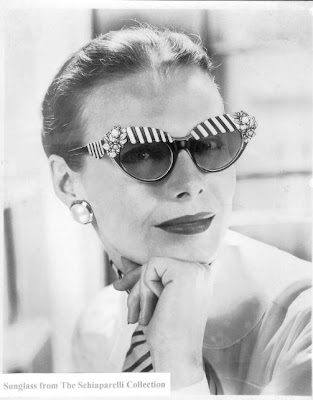
Michael Yonkers, is a legendary figure in Minneapolis music-lore, who, through his own modifications, created his own guitars and effects. Raised on a steady diet of Link Wray and the Trashmen, Yonkers pushed the boundaries of distortion and truly transformed it into a powerful voice. At the time, bands like The Fugs, Captain Beefheart and The Mothers of Invention had major label deals, but for reasons that remain unclear, dealings with the label fell apart for Yonkers.
In 1967, Michael cut his Telecaster down to a plank; one of the many modifications he made to his equipment. He still plays this same guitar on stage today. In 1971, Michael’s back was broken in an on-the-job accident in an electronics warehouse. His allergic reaction to the dye used in an X-ray procedure led to a degenerative condition of his spinal cord lining from which he suffers to this day. Michael Yonkers still resides in St. Paul, MN and has recently played shows with such diverse bands as Wolf Eyes, Six Organs of Admittance and Low. (Courtesy of
Sub-Pop)

 Even in Gucci’s fledgling years, the family was notorious for its ferocious infighting. Disputes regarding inheritances, stock holdings, and day-to-day operations of the stores often divided the family and led to alliances. Gucci remained one of the premier luxury goods establishments in the world until the late 1970s, when a series of disastrous business decisions and family quarrels brought the company to the verge of bankruptcy. At the time, brothers Aldo and Rodolfo controlled equal 50% shares of the company.
Even in Gucci’s fledgling years, the family was notorious for its ferocious infighting. Disputes regarding inheritances, stock holdings, and day-to-day operations of the stores often divided the family and led to alliances. Gucci remained one of the premier luxury goods establishments in the world until the late 1970s, when a series of disastrous business decisions and family quarrels brought the company to the verge of bankruptcy. At the time, brothers Aldo and Rodolfo controlled equal 50% shares of the company.








































